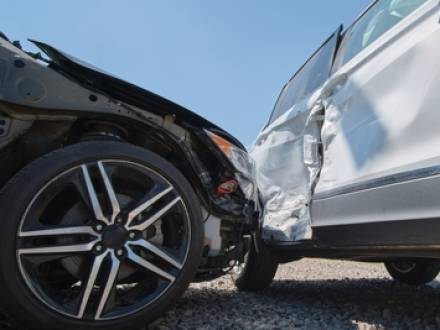Can I Sue if I Am Also at Fault for a Car Accident in California?
 Even if you think you bear some fault for your car accident, you may still be able to recover some compensation. California law provides options for drivers in this situation. If you have questions about how your role in a car accident impacts your ability to recover compensation, a Glendale, CA car accident lawyer will guide you through the legal process.
Even if you think you bear some fault for your car accident, you may still be able to recover some compensation. California law provides options for drivers in this situation. If you have questions about how your role in a car accident impacts your ability to recover compensation, a Glendale, CA car accident lawyer will guide you through the legal process.
Understanding California’s At-Fault Insurance System
California follows an at-fault or tort-based system when it comes to car accidents. This means that the driver who caused the accident is generally responsible for paying for injuries and damages. Under California Vehicle Code § 16020, drivers in California are financially responsible for accidents they cause, and they must carry liability insurance to cover these costs.
In practice, you file a claim with the at-fault driver’s insurance company or sue the driver directly if your losses exceed what insurance covers. However, what happens if you share some of the blame? That is where California’s comparative negligence law comes in.
What Is the Comparative Negligence Rule in California?
California’s standard for determining negligence liability is established in California Civil Code § 1714, which establishes that everyone is responsible for injuries caused by their own lack of ordinary care. In the context of a car accident, that means that sharing fault reduces the damages you could recover instead of eliminating your ability to recover damages entirely.
California uses a pure comparative negligence rule. Under this rule, you can still recover compensation for your injuries, even if you were partly responsible for causing the crash. However, your compensation will be reduced by your percentage of fault. For example, suppose you were speeding when another driver ran a red light and hit you. A court might decide that you were 20 percent at fault for the accident. If your total damages were $50,000, your recovery would be reduced by 20 percent, leaving you with $40,000.
In states that follow the modified comparative negligence rule, you can only recover compensation if your percentage of fault is less than 50 or 51 percent. However, in California, you will still be able to access some portion of damages, even if you were found to be responsible for a greater percentage of the accident than the other driver. In fact, you can still recover compensation as long as you are not found to be 100 percent at fault. If you are entirely responsible for the accident, you cannot recover damages.
What Makes Up Damages in a California Car Accident Case?
Under California Civil Code § 3333, a person harmed by someone else’s negligence can recover money for their losses, known as damages. Damages in a car accident case include both economic and non-economic losses. Your economic losses may include:
-
Medical expenses, including any ongoing care
-
Lost income, including loss of earning capacity
-
The value of damaged property
-
Any other expenses related to the accident, such as transportation to medical appointments or childcare
These losses have obvious monetary value, unlike non-economic damages. Your non-economic losses may include pain and suffering, emotional distress, and loss of enjoyment of life. Your attorney can help you understand how to assign monetary value to these losses and gather the evidence necessary to prove your claim.
Speak With a Los Angeles, CA Car Accident Attorney Today
Sharing fault in a car accident does not mean you have no legal claim to compensation. With the help of a knowledgeable attorney, you can more accurately value your claim and get the most out of your settlement. Call 818-242-8201 to contact the experienced LA County, CA car accident lawyers at Tahmazian Law Firm, P.C. and schedule a free consultation. We will discuss your case and talk about how comparative negligence law may apply.
 1518 W Glenoaks Blvd., Glendale, CA 91201
1518 W Glenoaks Blvd., Glendale, CA 91201



 818-242-8201
818-242-8201



